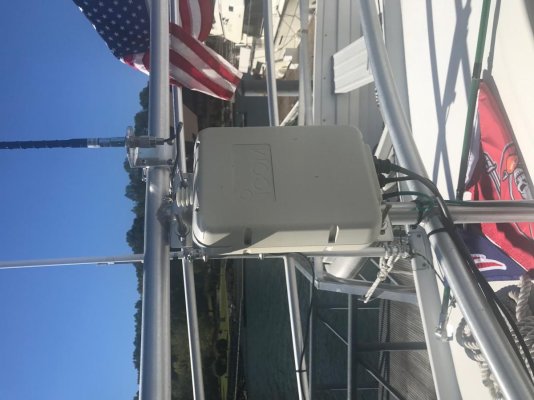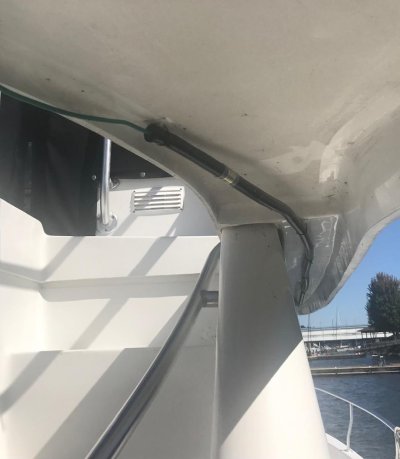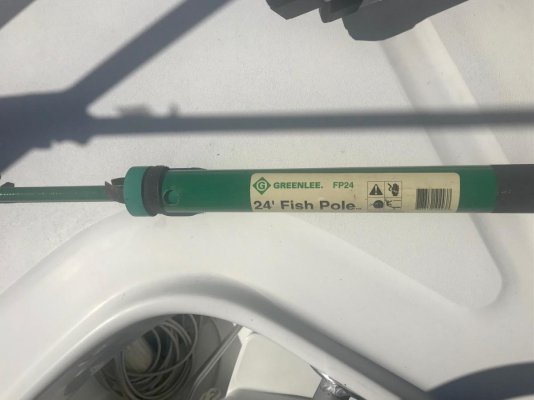VHF is very high frequency. Ham and Single Side Band are mostly high frequency. Frequency and wavelength are related in that frequency times wavelength is the speed of light. VHF is about 157 khz, so its wavelength is about 2 meters, and that length fits conveniently on an 8' antenna. SSB and Ham are mostly lower frequency (than VHF, instead called high frequency), so longer wavelength, making it difficult to fit on an 8' antenna. SSB antennas are commonly about 23'. Unlike VHF, which is all on the 2-meter "band", amateur (ie ham) and SSB radio operators commonly refer to wave length, they are using, since the propagation characteristics are heavily depending on wave length. While VHF is commonly (but inaccurately) regarded as purely "line of site", lower frequencies (the merely "high" frequencies used by ham and SSB) will bounce off the sky and allow communications at great distances, even world wide. Wave lengths are grouped into a variety of different "bands", some even shorter (and therefore higher frequency than VHF), but others longer, being in the 5, 10, 20 or 40 meter bands, for example.
VHF is in the 2 meter band, and there are ham and SSB frequencies also in the 2 meter band. Many fishermen use "2 meter" radios to communicate amongst themselves, primarily for privacy. Unlike VHF radios, which transmit and receive on designated channels that the radios automatically translate to frequencies, ham and SSB radios don't really have channels. So, if you are looking for someone to talk to, it is really a question of searching an almost infinite number of frequencies.
The frequencies available for use by amateur radio operators are all set by FCC regulation (and by international treaty, are pretty much followed around the world). Pieces of the frequency spectrum are designated for use by marine radio operators, and those are commonly referred to as SSB (single side band) frequencies. Other pieces (often on either or both sides of the SSB frequencies) of the spectrum are reserved for hams, while other pieces for military, and police, commercial, broadcast, etc.
It is much easier to get a SSB license (no test required) than to get a ham license (3 different license levels, with increasingly difficult exam requirements), but if your goal is to talk to random people, there is much less opportunity to do so on the SSB frequencies. And in the advent of sat phones, there are fewer and fewer SSB operators. That said, there are two real good uses for SSB: 1) sending and receiving email using a network called "sail mail" and a piece of hardware (interfaced to the SSB radio) called a Pactor modem. With that, you can send and receive email from about anywhere in the world, although the bandwidth is very low. On the other hand, time is often abundant when offshore; and 2) talking with other boaters on pre-designated frequencies at pre-designated times. Those "nets" are common along baja california, particularly during the baja haha.
The OP asked about ham use among boaters. It is/will be interesting to see how many boaters use ham equipment/ frequencies on board, since SSB is intended to better fill that need, but its wanning popularity is one reason to use ham.




